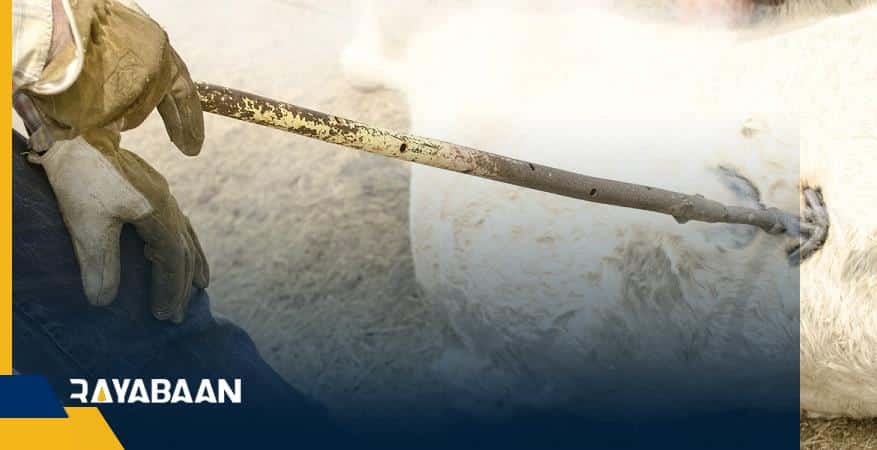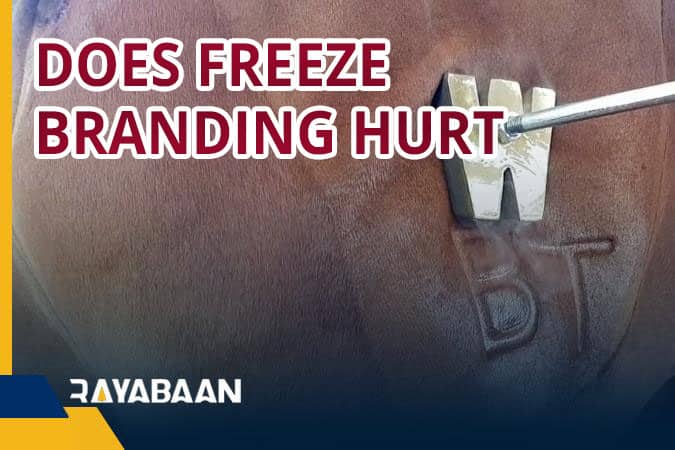Does freeze branding hurt_Dangerous tips
The tradition of rounding up cattle for processing has historical and cultural significance, particularly in the western United States. The long-standing practice of creating firebrands has recently given way to the creation of electric brands and frosts. Branding identifies friendly animals on the range, prevents livestock breeding, and helps return stray animals to their rightful owners.
Does freeze branding hurt
Unfortunately, cattle rustling is also a Western American tradition. Recent figures indicate that an average of 2,500 to 3,000 livestock are stolen from Oklahoma producers annually. The direct costs to producers and the government through law enforcement and other efforts are enormous. Currently, trademark placement is voluntary and no trademark examination is required in Oklahoma. An easy-to-use summary of Oklahoma’s trademark laws can be found here: Oklahoma Livestock Trademarks.
Although timely, there are some perceived drawbacks to branding, including costly damage and animal welfare concerns to keep from this painful process. Several studies look at the pain caused by different forms of branding. Here is a summary of the findings: (Does freeze branding hurt)
Hot iron branding is more painful than cold branding and both were more painful than stamp branding (blocking and cold branding iron pressure).
A hot iron brand is more painful during brand placement, while a freezing brand is more painful 15 to 30 minutes after surgery.
Hot iron branding causes more inflammation than freezing branding
Hot iron marks can remain painful for at least 8 weeks, as evidenced by avoiding livestock. This study also found that a dose of the anti-inflammatory drug flunixin did not alleviate this.

Studies of heat markers show that by injecting the brain into the brain, Meloxicam can help reduce the pain associated with it. (Author’s note: we do not have an injection of meloxicam that can be used in pets, however, we often use meloxicam tablets and gel bolus. There may be a place for this to reduce the pain of marking, however, may require a request. This will be possible a day before the mark, the mark day, and maybe for some time after, but this will not be considered that (This will be a great topic to bring to your doctor.).
If marking is to be continued at work, then freezing marking is likely to be preferred, except in breeds where the coat does not allow the white hairs to be seen. There are many ways to designate in states where the designation is not required. The advantages of this include better detection and less potential pain. Although the programs have been in place for many years, in recent years the USDA has stepped up efforts to introduce more permanent individual detection of cattle.
The purpose of this deployment is to improve the identification of animals that cause certain diseases of economic importance. Think about our current situation with COVID-19 – how easy would it be to track these cases if we didn’t just rely on people’s memories of who they’ve been in contact with recently?
USDA prefers RFID tags as the identification method over all other options. Many herdsmen are integrating them into their program because they are semi-permanent and allow for efficient tracking. They are also a great asset to the herd in terms of ease of registration.
Metal clip tags, breed tattoos, RFID boluses, and microchips (embedded in non-edible tissue) are also permanent or semi-permanent forms of personal identification. Emerging technologies include various GPS devices for cattle. Flop or plastic tags are easy to lose or remove and are very poor at tracking. Their main advantage is their visibility and they are excellent if used in conjunction with another more permanent method.
In short, USDA RFID tags are the preferred method of permanent identification in cattle over all other forms, including branding. If the tag is to be used on a ranch, the frozen tag is preferable and provides more visible identification along with the RFID tag.
A great resource for freeze branding cattle can be found at Freeze Branding Cattle.
The information for this article was derived in part from a summary provided by the Animal Welfare Committee of the American Association of Cattle Practitioners, published in February 2020.
References for the presented research studies are available upon request.
About the Author: Meredyth Jones, DVM, MS, DACVIM, is an Associate Professor of Food Animal Medicine and Surgery at Oklahoma State University College of Veterinary Medicine. She is a graduate of the American College of Veterinary Internal Medicine (Large Animals).
In this article, we talked about “Does freeze branding hurt“. If you see a problem, share it with us.
